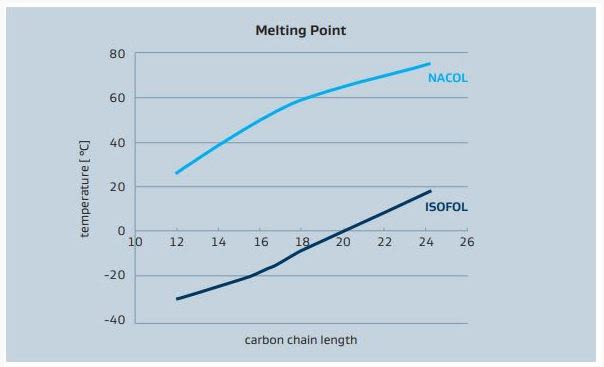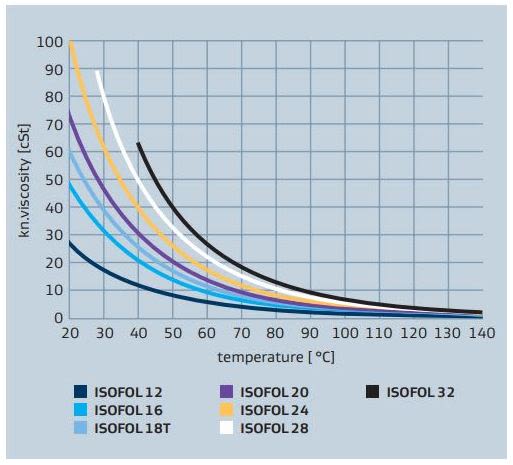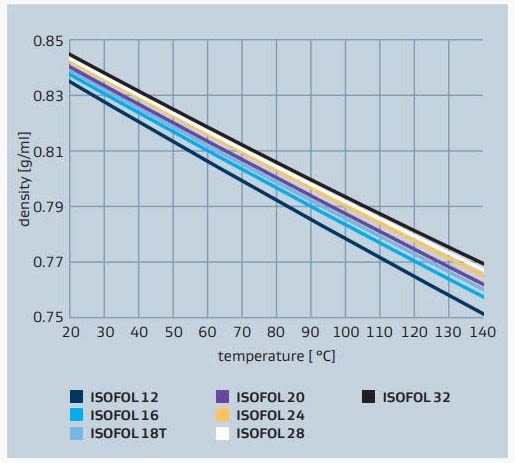Knowde Enhanced TDS
Identification & Functionality
- Chemical Family
- Chemical Name
- INCI Name
- Base Chemicals Functions
- CASE Ingredients Functions
- Cleaning Ingredients Functions
- Cosmetic Ingredients Functions
- Technologies
- Product Families
Features & Benefits
- Labeling Claims
- Base Chemicals Features
- CASE Ingredients Features
- Industrial Additives Features
Applications & Uses
- Applications
- Applicable Processes
- Base Chemicals End Uses
- Fragrances & Perfume Applications
- Home Care Applications
- I&I Cleaning Applications
- Industrial Additives End Use
Properties
- Physical Form
- Appearance
- Clear colorless oily liquid
- Typical Properties
| Value | Units | Test Method / Conditions | |
| Refractive Index (nD20) | 1.45 | — | — |
| Ester Value | max. 0.5 | mg KOH/g | — |
| Iodine Value | max. 0.5 | mg l/100 mg | — |
| Density (at 20°C) | 0.835 - 0.839 | g/mL | — |
| Melting Range | -10 to -6 | °C | — |
| Viscosity (at 20°C) | 50.0 | mPas | — |
| Flash Point | 170.0 | °C | — |
| Color | max. 10 | — | APHA |
| Water Content | max. 0.1 | wt. % | — |
| Acid Number | max. 0.05 | mg KOH/g | — |
| Boiling Point | 290.0 | °C | — |
| iC 16 OH | 15 - 20 | wt. % | — |
| iC 18 OH | 46 - 54 | wt. % | — |
| iC 20 OH | 27 - 33 | wt. % | — |
Regulatory & Compliance
- Chemical Inventories
- Grade
Technical Details & Test Data
- Melting points of ISOFOL alcohols in comparison with linear NACOL alcohols
The ISOFOL alcohols C12 to C24 are liquid at ambient temperature, whereas corresponding linear and saturated alcohols are solid. While oleyl alcohol starts to solidify at approx. 10 °C, ISOFOL alcohol of similar chain lengths remains liquid

- ISOFOL alcohol viscosity vs temperature
The temperature-dependant kinematic viscosity of ISOFOL alcohols is shown in Figure

- ISOFOL alcohol density vs temperature

Packaging & Availability
- Packaging Type
Storage & Handling
- Storage and Handling
Safe handling advice
Ensure all equipment is electrically grounded before beginning transfer operations.
Storage/Transport pressure
Ambient
Load/Unload temperature
Ambient